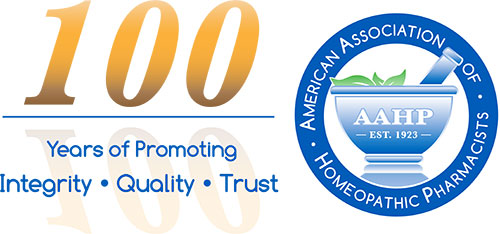FDA Proposes Barring Certain Cattle Material from Medical Products
by Joerge Zimmer, Andy Bormeth, & Mark Land
On January 12, 2007 FDA published a new Rile that describes the use of materials derived from cattle in medical products intended for use in humans and drugs intended for use in ruminants.
(http://a257.g.akamaitech.net/71257/2422/01jan20071800/edocket.access.gpo.gov/2007/pcf/E6-22329.pdf)
The U.S. Food and Drug Administration is proposing to limit the materials used in some medical products in order to keep them free of the agent thought to cause mad cow disease, also known as bovine spongiform encephalopathy or BSE.
This is the latest in a series of BSE safeguards that would bar material that has been found to harbor the highest concentrations of this fatal agent in infected cattle. These materials would be prohibited from use as ingredients in medical products or elements of product manufacturing.
The proposed rule would cover drugs (prescription, over-the-counter, and homeopathic), biologics (such as vaccines) and medical devices intended for use in humans as well as drugs intended for use in ruminant animals like cattle and sheep. Cattle can get mad cow disease, while sheep can get a similar disease known as scrapie.
The cattle materials prohibited in the proposed rule are those that pose the highest risk of containing Infectious materials and include:
- the brain, skull, eyes and spinal cords from cattle 30 months and older,
- the tonsils and a portion of the small intestines from all cattle regardless of their age or health;
- any material from “downer” cattle—those that cannot walk:
- any material from cattle not inspected and passed for human consumption;
- fetal calf serum if appropriate procedures have not been followed to prevent its contamination with materials prohibited by this proposed rule.
- tallow that contains more than 0 15 percent insoluble impurities if the tallow is derived from materials prohibited by this proposed rule and:
- mechanically separated beef
To ensure that companies comply with these prohibitions. FDA proposes to require that records be kept to demonstrate that any cattle material used as an ingredient in these medical products or as part of their manufacturing process meet the rules requirements.
Since 1996, strong evidence has accumulated for a causal relationship between ongoing outbreaks of mad cow disease in Europe and a disease in humans called variant Creutzfeldt-Jakob (vCJD) disease. Both disorders, which are thought to be caused by an unconventional transmissible agent, are invariably fatal brain diseases with incubation periods typically measured in years. Transmission of the BSE agent to humans, leading to vCJD, is believed to occur via ingestion of cattle products contaminated with the BSE agent: however the specific products associated with this transmission are unknown.
About 200 cases of vCJD have been identified worldwide, including three cases in the U.S. However, there is no evidence that those three patients contracted the BSE agent in the U.S.
Impact on the homeopathic industry
For the homeopathic community, the HPCUS has conducted a review of all monographed substances and concluded that only 2 could be affected (Oophorinum and Orchitinum) and neither is on the BSE list by FDA.
Regarding Lactose
FDA clearly states that, surprisingly, there is no BSE in the milk of BSE infected cows on the Agency’s BSE FAQ webpage. Other ingredients like Magnesium stearate (and other stearates). glycerin, and gelatin would either need adequate documentation or should be sourced via vegetable origin.
